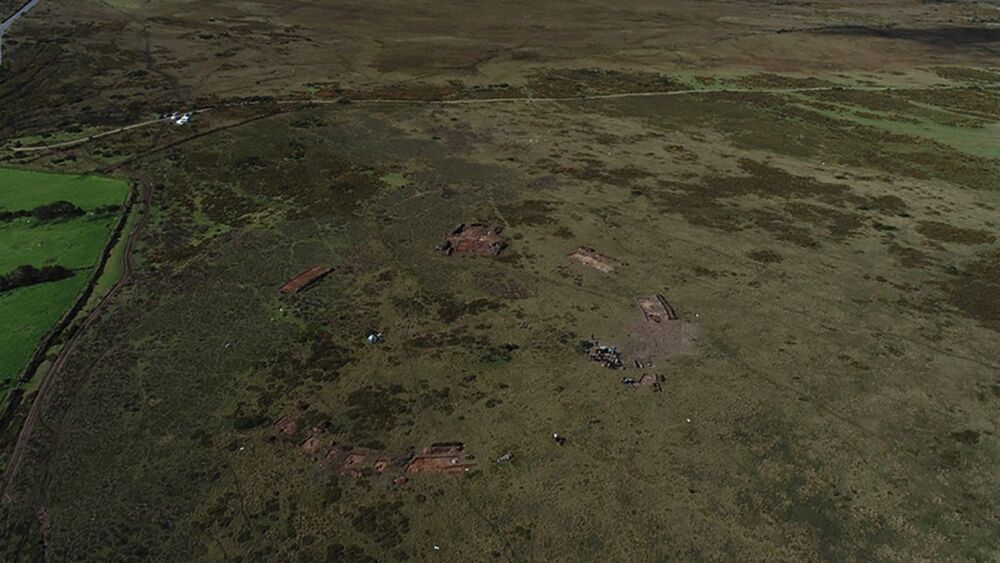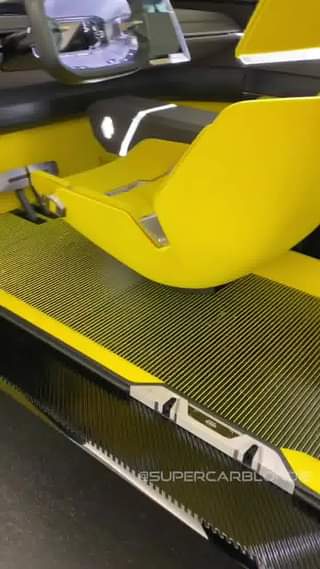
Get the latest international news and world events from around the world.


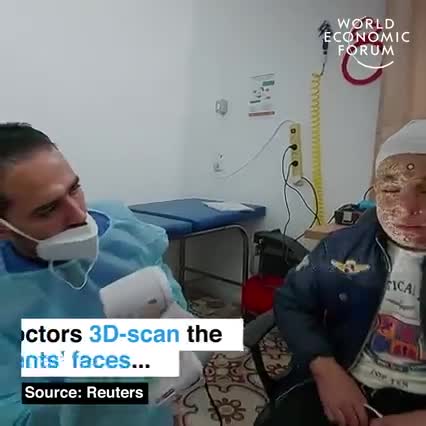

Japanese toilets become even more high-tech with new floating panels
😃
[img class=“aligncenter” src=“https://soranews24.com/wp-content/uploads/sites/3/2021/02/Japanese-toilet-new-technology-hologram-floating-screen-touch-coronavirus-pandemic-hygiene-Japan-Murakami-2-1.jpg?w=640″ alt=”” width=“640” height=“473” srcset=“https://soranews24.com/wp-content/uploads/sites/3/2021/02/Japanese-toilet-new-technology-hologram-floating-screen-touch-coronavirus-pandemic-hygiene-Japan-Murakami-2-1.jpg 680w, https://soranews24.com/wp-content/uploads/sites/3/2021/02/Ja…ize=150111 150w, https://soranews24.com/wp-content/uploads/sites/3/2021/02/Ja…ize=640473 640w, https://soranews24.

Floating Holographic Buttons May Make Smart Toilets Even Better
“The Murakami Corporation has partnered with Parity Innovations, a startup that developed a holographic display technology, the Parity Mirror, which breaks up a projected image using a series of tiny mirrors and then refocuses them into a reconstituted image that appears to float in mid-air. What the Murakami Corporation brings to the table is its infrared sensors, which are able to detect the presence of fingers without them having to make physical contact. The result is a series of glowing buttons that don’t actually exist but can still be activated by touching them.”
Japanese smart toilets already provide a luxe experience, but this high-tech upgrade will take them to the next level.
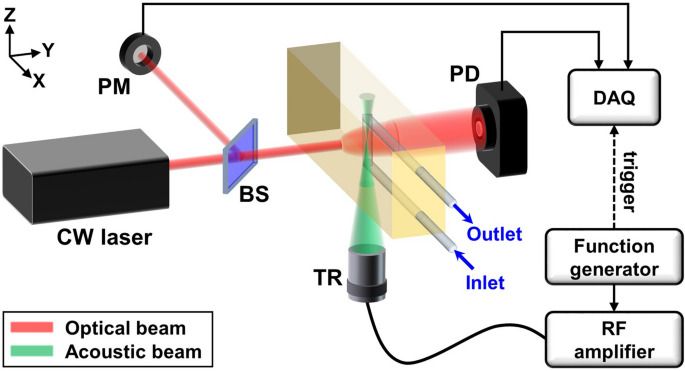
Ultrasound-modulated optical glucose sensing using a 1645 nm laser
Circa 2020
Regular and frequent blood glucose monitoring is vital in managing diabetes treatment plans and preventing severe complications. Because current invasive techniques impede patient compliance and are not infection-free, many noninvasive methods have been proposed. Among them, optical methods have drawn much attention for their rich optical contrast, but their resolution is degraded in deep tissue. Here, we present an ultrasound-modulated optical sensing (UOS) technique to noninvasively monitor glucose that uses an infrared laser (1645 nm) and a single-element focused ultrasound transducer. Focused ultrasound waves can acoustically localize diffused photons in scattering media, and thus optical contrast can be represented with much enhanced spatial resolution.
Dr Patrizia Paterlini-Bréchot, Founder, Rarecells — Non-Invasive, Early Detection Of Invasive Cancer
Non-invasive, early detection of invasive cancers — dr. patrizia paterlini-brechot, founder, rarecells diagnostics, ISET technology.
Dr. Patrizia Paterlini-Bréchot is a tenured Professor of Cell and Molecular Biology and Oncology at Paris Descartes University and head of a research team at the French National Institute of Health and Medical Research (INSERM).
Dr. Paterlini-Bréchot studied medicine at the University of Modena and Reggio Emilia, where she specialized in hematology and oncology. In 1988 she turned her focus on research in cell and molecular biology and published over 80 research articles and reviews in national and international scientific journals.
The work of Dr. Paterlini-Bréchot led to the discovery of the ISET test (Isolation by SizE of Tumor cells) permitting the isolation and characterization of circulating tumor cells (CTCs), a type of cell that has shed into the vasculature from a primary tumor, is carried around the body in the blood circulation, and can extravasate and become seeds for the subsequent growth of additional tumors (metastases) in distant organs, a mechanism that is responsible for the vast majority of cancer-related deaths.
The ISET test also has interesting applications for the isolation of fetal cells in a mother’s body for potential use in prenatal diagnoses.
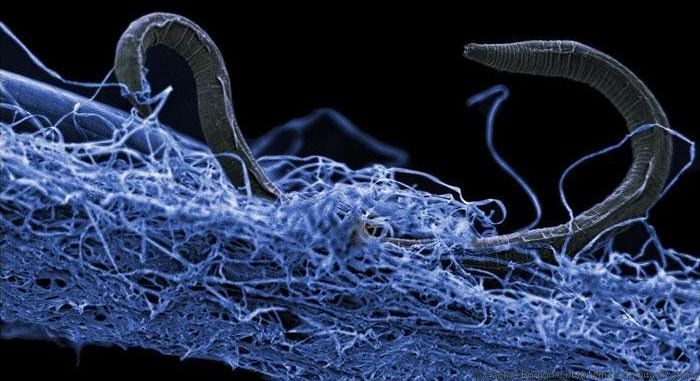
Scientists Successfully “Wake” Microbes That Had Remained Dormant for 100 Million Years
Scientists have successfully managed to wake a series of microbes that had remained “asleep” for at least 100 million years. The microbes that existed during the dinosaurs’ time have shown traces of growth in the latest studies.
A team of scientists in the US and Japan says that these prehistoric microorganisms began to grow and divide despite having entered an energy-saving state when dinosaurs were still walking on Earth.
The microbes belonged to ten different bacteria groups and were recovered from sediments mined in 2010 at the bottom of the South Pacific Gyre, one of the most deserted parts of the ocean in terms of nutrients.
